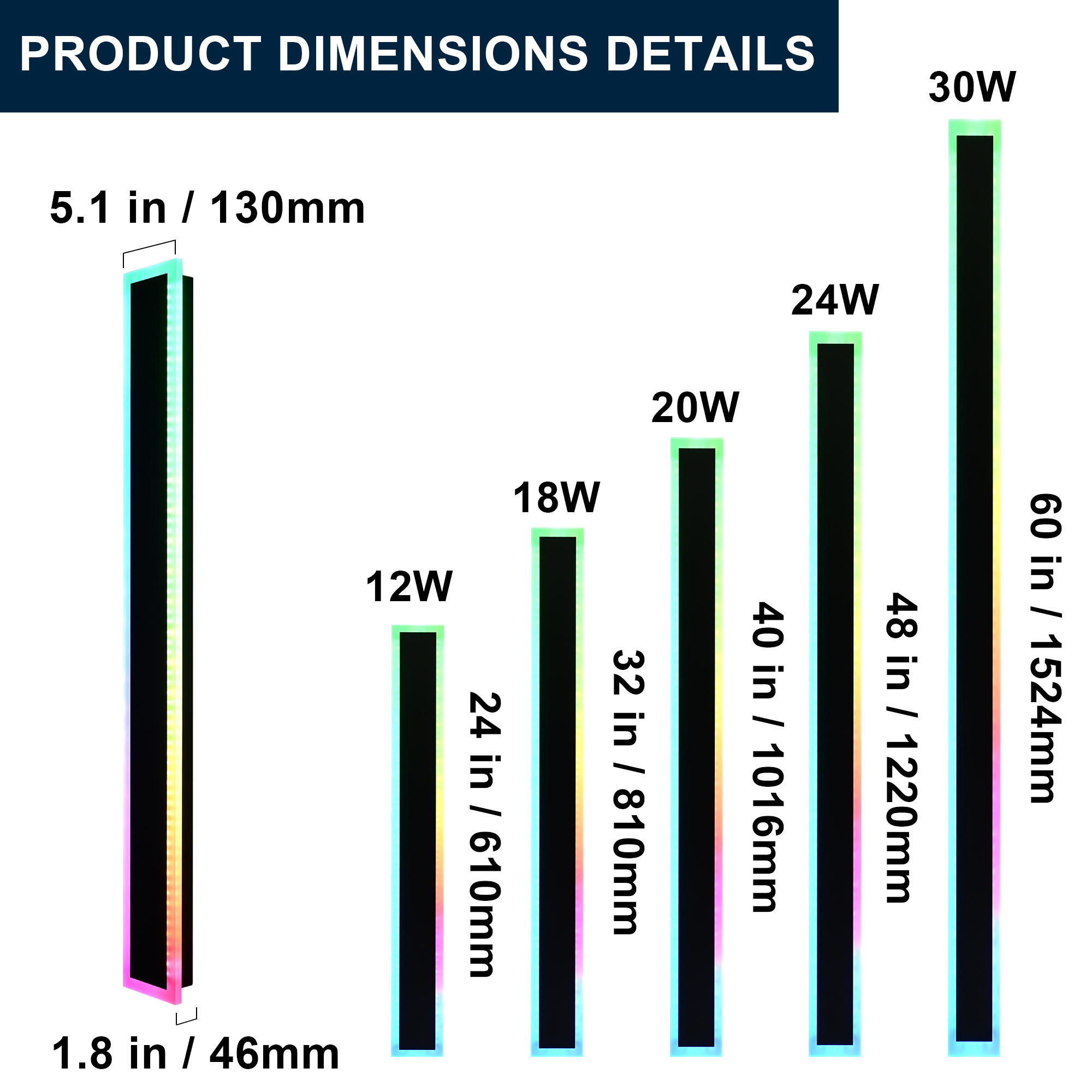led lights flickering
LED Lights Flickering: Understanding Causes and Solutions
Foreword
The humble LED light has revolutionized the way we illuminate our spaces, offering energy efficiency, longevity, and versatility. However, like any technology, it is not without its quirks. One such quirk is the phenomenon of LED lights flickering, a common issue that can be both frustrating and perplexing. In this article, we will delve into the reasons behind this phenomenon and explore practical solutions to ensure your LED lights shine steadily and reliably.
What Causes LED Lights to Flickering?
1. Power Supply Issues
One of the primary reasons for LED lights flickering is an unstable power supply. Fluctuations in voltage can cause the lights to dim and flicker. This is often more noticeable in older homes with outdated wiring or in areas where the electrical grid is experiencing issues.
- Solution: Consider investing in a voltage regulator to stabilize the power supply or consult an electrician to address any wiring issues.
2. Dimmer Compatibility
Using a dimmer switch that is not compatible with your LED lights can lead to flickering. Traditional dimmer switches are designed for incandescent bulbs, which operate differently from LEDs.
- Solution: Replace your dimmer switch with one specifically designed for LED bulbs, ensuring compatibility and smooth dimming capabilities.
3. Heat Dissipation
LEDs generate heat, and if not properly dissipated, this heat can cause the lights to flicker. Inadequate heat sinking or poor quality LED bulbs can exacerbate this issue.
- Solution: Choose high-quality LED bulbs with good heat dissipation capabilities and ensure they are installed in fixtures that allow for proper ventilation.
4. Electrical Interference

Electrical interference from other devices, such as transformers or ballasts, can cause LED lights flickering. This is particularly common in commercial settings where multiple electrical devices are in use.
- Solution: Identify and isolate the source of interference, or consider using shielded cables to minimize the impact.
5. LED Bulb Quality
Low-quality LED bulbs are more prone to flickering. These bulbs often have cheaper components that cannot withstand voltage fluctuations or heat effectively.
- Solution: Invest in high-quality LED bulbs from reputable brands to ensure reliability and longevity.
6. Loose Connections
Loose electrical connections can cause intermittent contact, leading to flickering. This can occur at the socket, switch, or even within the bulb itself.
- Solution: Regularly inspect and tighten all electrical connections to ensure they are secure.
The Impact of Flickering LED Lights
1. Aesthetic Concerns
Flickering LED lights can be aesthetically displeasing, creating an unappealing and distracting visual experience. This can be particularly problematic in spaces where lighting plays a crucial role, such as restaurants, retail stores, or residential living areas.
2. Health Implications
While flickering lights may seem like a minor inconvenience, they can have health implications. Prolonged exposure to flickering lights can cause eye strain, headaches, and even migraines in susceptible individuals.
3. Energy Efficiency
Flickering LED lights can also impact energy efficiency. When lights flicker, they may consume more energy than they would under normal conditions, leading to increased energy bills.
Solutions to Prevent LED Lights Flickering
1. Upgrading Electrical Infrastructure
Investing in a stable and reliable electrical infrastructure is crucial to prevent LED lights flickering. This may involve upgrading wiring, installing voltage regulators, and ensuring compatibility between dimmer switches and LED bulbs.
2. Choosing High-Quality LED Bulbs
Opting for high-quality LED bulbs from reputable brands can significantly reduce the risk of flickering. These bulbs are designed to handle voltage fluctuations and heat more effectively, providing a stable and consistent light output.
3. Regular Maintenance
Regular maintenance, such as inspecting and tightening electrical connections, can help prevent flickering. Additionally, ensuring proper heat dissipation through adequate ventilation and heat sinks can also contribute to the longevity of LED bulbs.
4. Addressing Electrical Interference
Identifying and addressing electrical interference can help prevent flickering. This may involve isolating the source of interference or using shielded cables to minimize the impact.
5. Professional Installation
Professional installation can ensure that LED bulbs are properly installed and compatible with the existing electrical system. A qualified electrician can identify potential issues and provide solutions to prevent flickering.
Conclusion
While LED lights flickering can be a nuisance, understanding the causes and implementing practical solutions can help ensure a steady and reliable light source. By investing in high-quality bulbs, upgrading electrical infrastructure, and performing regular maintenance, you can enjoy the benefits of LED lighting without the烦恼 of flickering. Remember, a well-lit space is not just about brightness but also about stability and comfort.


